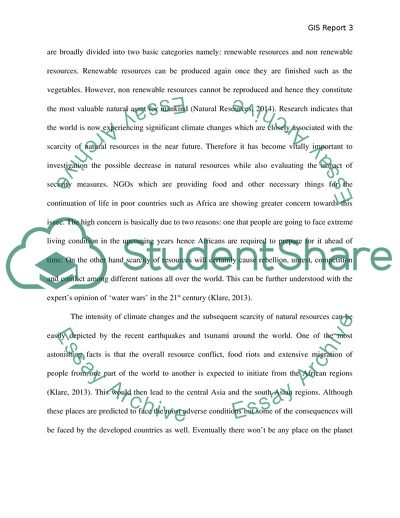Cite this document
(GIS Report for a Local US Non-Government Organization Coursework, n.d.)
GIS Report for a Local US Non-Government Organization Coursework. https://studentshare.org/geography/1806120-gis-report
GIS Report for a Local US Non-Government Organization Coursework. https://studentshare.org/geography/1806120-gis-report
(GIS Report for a Local US Non-Government Organization Coursework)
GIS Report for a Local US Non-Government Organization Coursework. https://studentshare.org/geography/1806120-gis-report.
GIS Report for a Local US Non-Government Organization Coursework. https://studentshare.org/geography/1806120-gis-report.
“GIS Report for a Local US Non-Government Organization Coursework”. https://studentshare.org/geography/1806120-gis-report.


